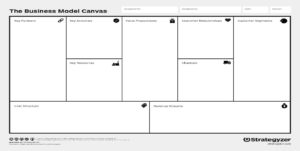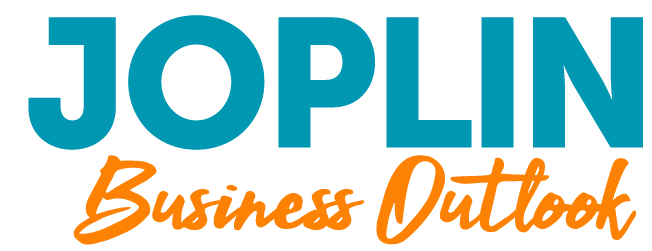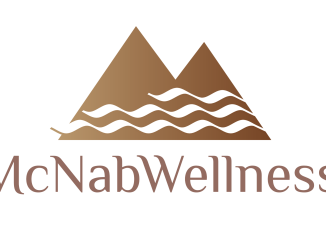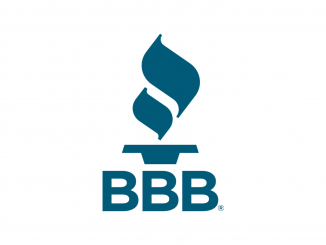
by Kenneth Surbrugg, Director of the Center of Entrepreneurship at Missouri Southern State University
As businesses open back up and we adjust to a relatively new “normal,” I am hearing a lot about how businesses need to examine their existing business models and examine the potential of creating a new business model to reflect this new reality. Can a business operate, compete, and profit by returning to their ways pre-COVID 19? Do businesses need to adjust what they do in order to compete in this new business environment?
According to the book Business Model Generation by Alexander Osterwalder and Yves Pigneur, a business model describes the rationale of how an organization creates, delivers, and captures value. What does an organization provide (your value proposition) to specific customer segments? How does an organization deliver their value proposition through existing and different channels? How does the organization build and enhance customer relationships? How do these add up to deliver revenue to the organization?
In order to deliver your organization’s value proposition (what you do), the organization needs to acquire key resources in order to perform key activities. The organization will need key partnerships in order to create the organization’s value proposition. All of this is the cost structure of the business – the expenses to create your organization’s value proposition.
You should compete and target customers where revenues are greater than expenses. In other words, profit.
What is changing? Do you have new customers with different needs? Are you using additional channels to sell your product or service? Do you need additional resources or new partnerships?
One of the best ways to do this is to use the Business Model Canvas, which is below:

Step 1: Review your past
What did your business look like before? What was your value proposition? Who where your customers? How did you deliver your product or service to your customers? How did this build customer relationships in order to drive revenue? What resources did you need? What key activities did you do and what activities did you outsource to key partners? How did these elements create your cost structure? How much did you profit?
Step 2: Identify what has changed
Which of the nine building blocks (customer segments, value proposition, channel, customer relationships, revenues, key resources, key activities, key partnerships, and cost structure) have undergone some degree of change? Is this change positive or negative? Are there any alternatives?
Step 3: Create your revised (or new) business model
Are there new or alternate value propositions that you can deliver to existing or new customers? Will you utilize additional channels to deliver your value propositions? Will these activities create new customer relationships that generate revenues? Will you utilize new resources or perform new activities to create your value proposition? Will you create new partnerships or enhance existing partnerships? How will this affect your cost structure in light of your new revenue models?
Step 4: Test your revised or new business model.
This does not have to cost much money or time. Maybe you look to target a new market segment with your existing value proposition. Maybe you introduce a new use for your existing value proposition to your existing customers – or a new use of your value proposition to a new set of customers. Is there something you are doing now (key activity) that you can outsource to a new partner? Do you need to utilize a new channel to deliver your value proposition?
Step 5: Record your findings and continue to experiment.
Pivot as needed as you uncover new information. However, do not discount your efforts. What will you learn? How will you use this information to generate new revenues? What new partnerships will be created? What will you do? Will you change or adopt if presented with a new business model? On the other hand, will you continue to do as you have always done? The choice is always yours – but at least you have a model to use and a choice.
Take care and be safe.








Be the first to comment